Himer T. Morgan – Fifty-One Years a Band Kat
Written by Staff on May 15, 2019
Rock and roll, music in general, is a story about the big. Big sounds. Big personalities, big egos, big hair, you name it, but it’s got to be big. And we try to show you how big the Capital Region really is, in its diverse sound and in the people who’ve gone to do things that are truly… you know.
But there’s this other level of local music; a somewhat secret world behind the PA speakers, after you get to chat with the guitar player after the show when he (or she) is getting shots. It’s the world of practices, of solo gigs in remote outposts, in the marketplace of music where names float and sink with the levels of the Hudson River. Himer T. Morgan has had a dock on the shore of this world for just over half-a-century. Today you meet him.
RRX: You’ve been playing for fifty-one years, so you’ve seen the music scene in the Capital Region go through probably a few revolutions, or even evolutions. Was there any particular period you think had the most to offer?
HTM: Okay, between 1969 and 1980. The disco music scene really revolutionized the treble clef, from Farmer in the Dell to Earth, Wind and Fire . Along with that too was the social revolution, came out in music too, from integration. That period really blended different cultures and their musics.
RRX: You play a Hammond B3 frequently, and when you’re not, you’re pulling sounds out of a keyboard that come close to a Hammond. Any tips for a musician starting out that loves the Hammond sound, but doesn’t have Hammond money (or a way to lug one around)?
HTM: You can get drawbar simulators, like a Roland VK 7, which is something I have, or various Hammond Suzuki units. Add a Leslie (speaker) and you’re in the ballpark.. An alternative to that is a ‘chopped’ unit – a Hammond with the cabinet partially removed.
Also, there are spinet Hammonds like the L and M models that are a lot less expensive and smaller as well as lighter in weight.
RRX: You live for music; and more importantly for this question, you’ve lived from music for most of your life. A lot of people pick up a keyboard or a guitar and they see you play and they want that lifestyle. Based on your own experiences, what do they have in store for themselves?
HTM: A useful phrase might be “same circus, different clowns.” And I’m talking showbiz in general. We’re all pirates of a sort. Here’s just a quick example: I did two gigs in March; two. The last one, I drove 300 miles – six hours of driving.
So that’s forty-five dollars in tolls and gas, which is fine. So the gig pays a hundred bucks, and we end up with nine bucks in tips per kat, so, $109.
I asked for a beer. One beer. They charged me four bucks.
Now, some bandleaders would insist on “fringe benefits” for his kats, as in free beer and grub or a ‘half off’ program. But, as I said about pirates, some ‘captains’ are better at looking out for their crews.
So you have to make choices. Would I go there again? It’s part ‘do I feel insulted’ and part ‘can I afford a full-price dinner if I blow so much on tolls?’
Welcome to showbiz. Home of the casting couch and Hollywood dream days.
RRX: The “brass” on a musician’s uniform is usually a list of names, people they’ve played with that are known by all. You have a good bit of brass on your uniform. Who are some of the people you’ve come across in your travels? Any cool stories?
HTM: I’m actually writing a book about all of the local kats I’ve played with, and the national people, famous people. I’d have to go back to 1970 for that. I see people today that reach out, especially on Facebook. So really the memories of those people; a lot of times it’s still going on.
RRX: Everybody needs to start somewhere in music, and you have a reputation for taking new people under your wing. I’m proof of that. Some go on to the 9-to-5; others have continued further into music. Can you think of someone in the latter camp that you’re particularly proud of today?
HTM: I see it all as one big tent. I’m proud of the kats who died while still performing, everyone from Ernie Williams to the kats who gigged the Titanic.. My heroes. Lifetimes of performing artists at large… But people I’ve had more to do with, we’re talking Adam Graham (RIP), Pat Perkinson, Steve Aldi, Karen Sasso Carpenter… Pretty much.
RRX: You’ve been around in local music if you have a “Himer story.” You’ve obviously touched a lot of lives, famously and infamously. Does your reputation precede you? If so, what are the benefits? What are the drawbacks?
HTM: As far as I reputation preceding me, I’m probably covering that in the book I said I was working on, so there’s much more to that than I could fit into a single answer. But the benefits, and for this I’d say the benefits of doing what I do, is that I’ve gotten to do something over the years that I could tolerate instead of being stuck doing something I hated.
And as far as the drawbacks, it’s not easy keeping up with, say, a state worker going off their day job. There’s a balance of the pros and cons, and if you’re on the side you want to be on, you’re good. I feel like I’m good.
RRX: Here’s where you get to answer the (musical) question that I didn’t ask. What’s going on, or coming up? Who do you love out there? The floor is yours.
HTM: I’m digging Skipper and his kats. Musically, I am a bit of an Avant Garde, abstract listener for most musicians personally. I understand that and know that things take their course. I know there’s only so many gigs left fir me now, maybe two or three hundred. Only so many years to give each bandleader. Most work has been side-man bits. Ones I liked got more than a year from me. Ones I didn’t got less than one. I would like to perform again with Tony Lindsay, though.
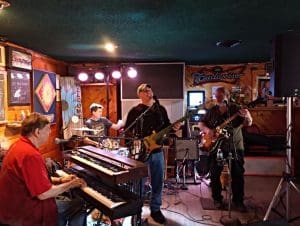
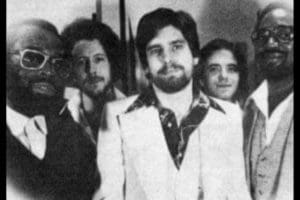
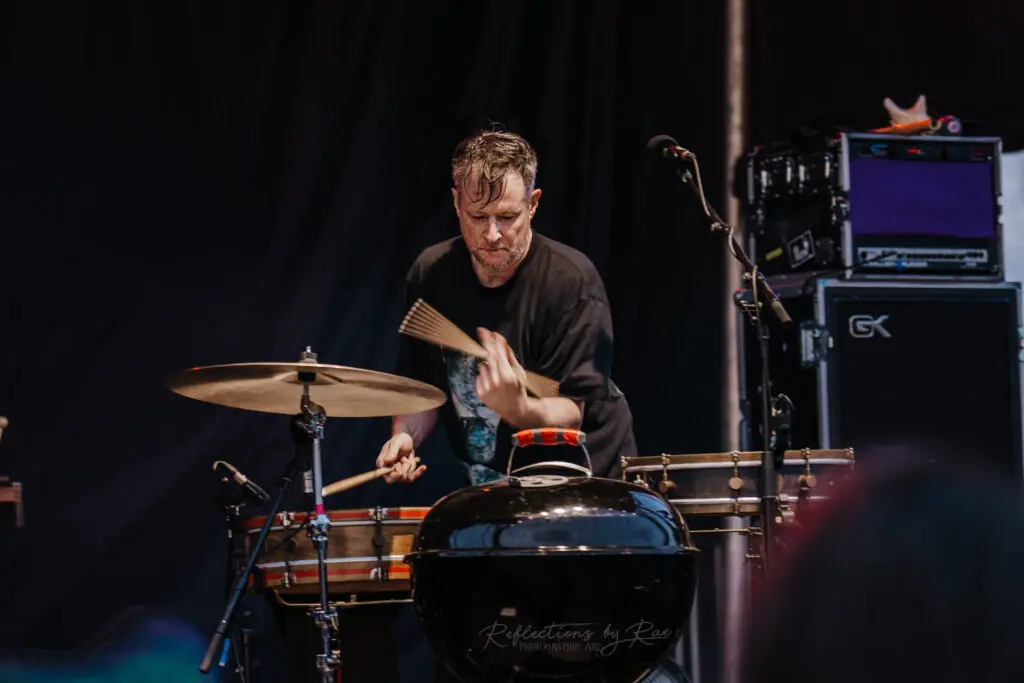

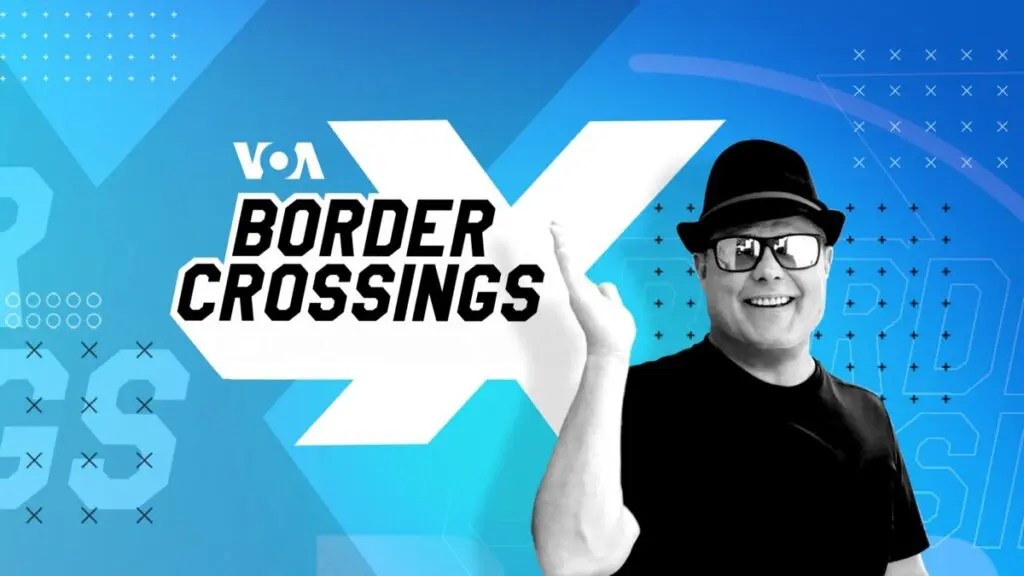
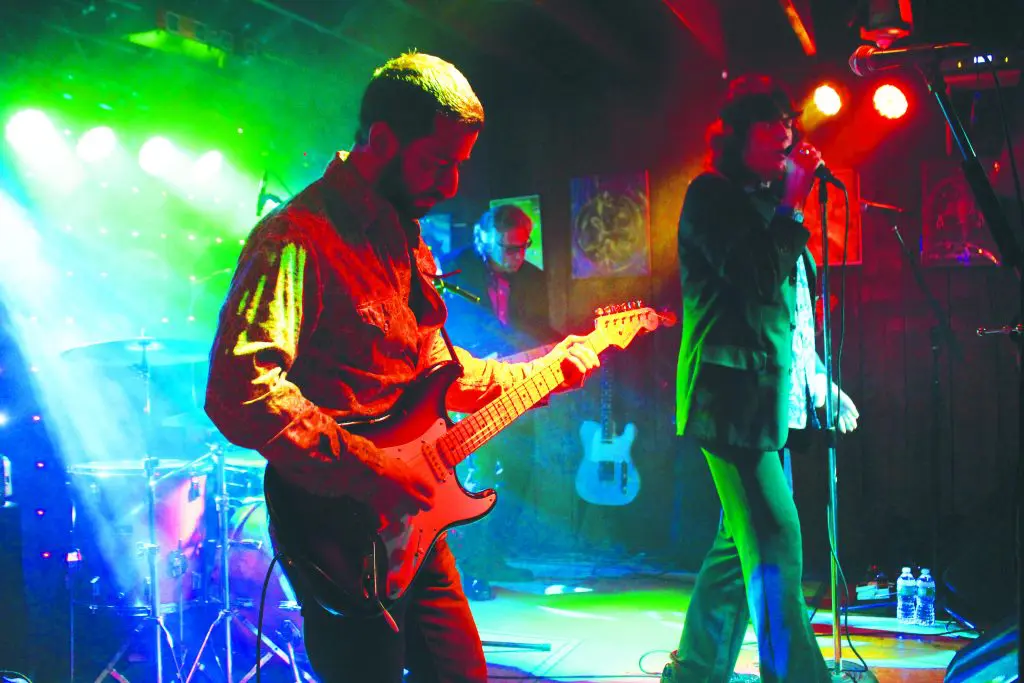
 RadioRadioX
RadioRadioX